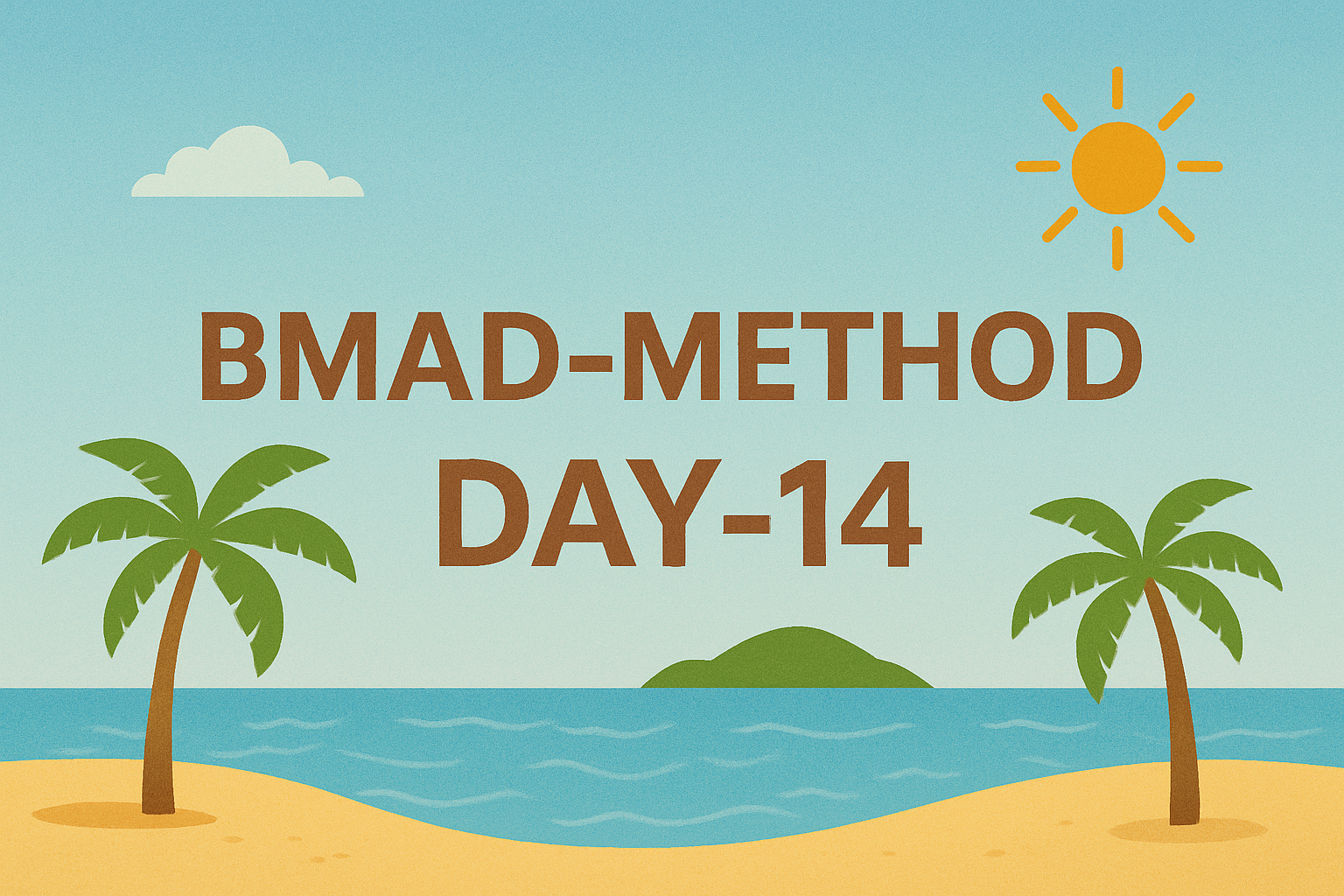· Joseph · AI & Machine Learning · 4 min read
[Day 14] BMAD-Method - Orchestrator

另外一個meta agent: Orchestrator 指揮家,他不像昨天的Master什麼都會做,但他什麼都會叫人家做。
從opencode問他 summary what you can do 他也很坦率地回答我:
As the BMad Orchestrator, I am your central hub for managing and coordinating a team of specialized AI agents and structured workflows.
好的老闆。
TOC
Orchestrator
他是個知道什麼時候要找誰的人,它負責決定誰在何時做什麼、確保上下文被傳遞、並監控跨角色的進度與品質。
主要用途
- workflow工作流安排:把規劃跟開發結合起來,變成一連串的Analyst → PM → Architect → SM → Dev → QA loop,在我們需要的時候安插agent。
- 指派工作:把任務design, sharding, development, testing指派給合適的agent,也可以偶爾
- 上下文整合:把必要的上下文串連到後續的任務中,降低上下文遺失,讓BMad-Method能真正達成
context-engineered development - cross-repo / cross-project協作:這部分我還沒測試到,但他可以減少多個repo導致的碎片化問題,並協調多個agent在不同repo裡的workflow
- 品質把關:只要沒通過checklist,就不會跑去下一個agent,不會往下推進
- 即時監控:透過status得知agent的進度跟當前的context
- 人機互補:適當停下來請人工介入,然後再把我們的答覆告訴agent,請agent繼續執行
我們找他的時候方向要大一點,而那些太明確的工作不建議給 Orchestrator 執行。
CRITICAL RULE for Development:
- ALWAYS use SM agent for story creation - Never use bmad-master or bmad-orchestrator
- ALWAYS use Dev agent for implementation - Never use bmad-master or bmad-orchestrator
- Why this matters: SM and Dev agents are specifically optimized for the development workflow
- No exceptions: Even if using bmad-master for everything else, switch to SM → Dev for implementation
與Master或其他agent的分工
ChatGPT整理了一段很有意思的結論:
• Orchestrator:主導流程、決定 agent 呼叫時機、負責整體協調與監控(高階指揮)。 
• Master Agent:method/checklist 專家與通用支援角色,常被用來做方法指導、檢查清單執行與輔助性的文件生成(與 Orchestrator 互補);Orchestrator 會把一些「需要標準化檢查」的任務交給 Master 去執行。 
• 專家 agent(Analyst/Architect/SM/Dev/QA):執行具體工作項目,Orchestrator 負責路由與 gating。Gemini則是這麼說
與 bmad-master 的關鍵區別
* `bmad-orchestrator` 是個管理者:它管理一個團隊,強調的是流程和協調。它本身沒有開發技能,但精通如何組織有技能的 Agent。
* `bmad-master` 是個執行者:它是一個個體,強調的是全能和便捷。它自己就具備所有技能,適合執行相對獨立或需要跨領域知識的單點任務。今天的介紹就到這邊,明天來玩一下Orchestrator的party-mode,體驗一下他的用途
今天到這邊就結束囉,喜歡我文章的再幫忙推廣一下喔!
![[Day 30] BMAD-Method Summary](/_astro/banner.C6FR-Le0.png)
![[Day 29] BMAD-Method - Accounting App Flutter - 3](/_astro/banner.pOujF-t4.jpg)
![[Day 28] BMAD-Method v6 - part 3 - BMB](/_astro/banner.DbuP4gQ2.png)
![[Day 27] BMAD-Method v6 - part 2 - BMM](/_astro/banner.OYuhjhKo.png)